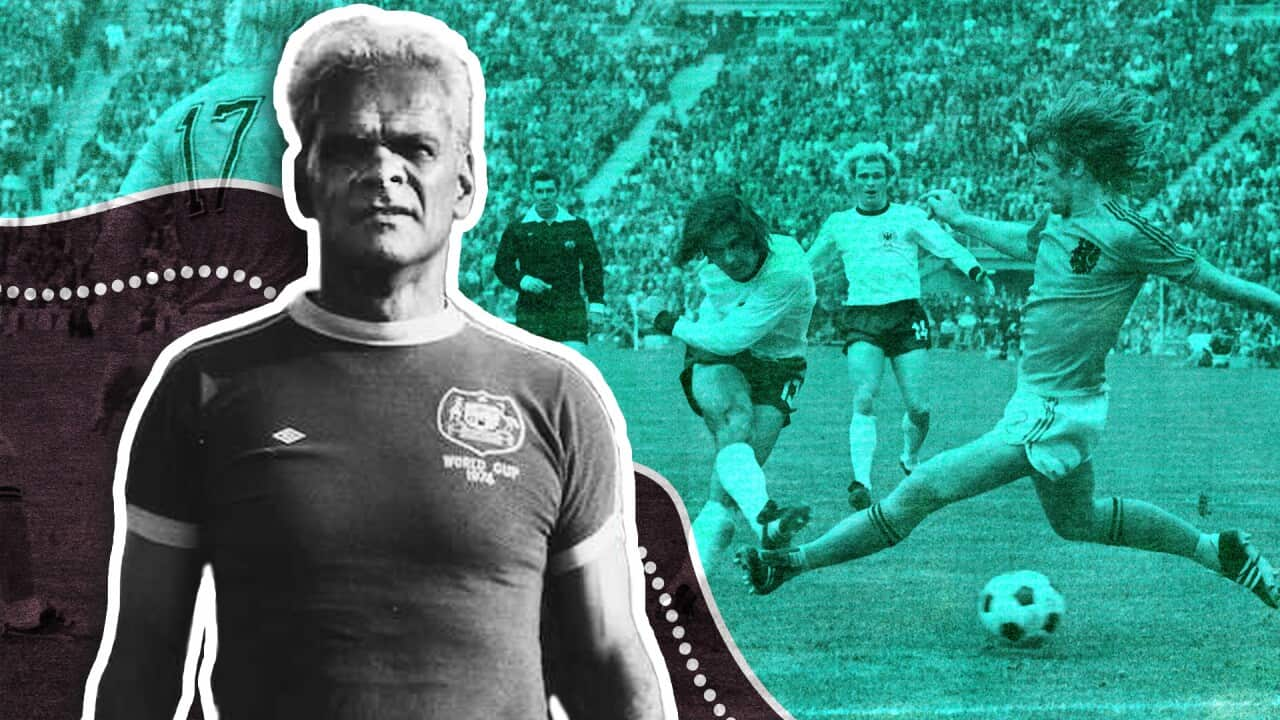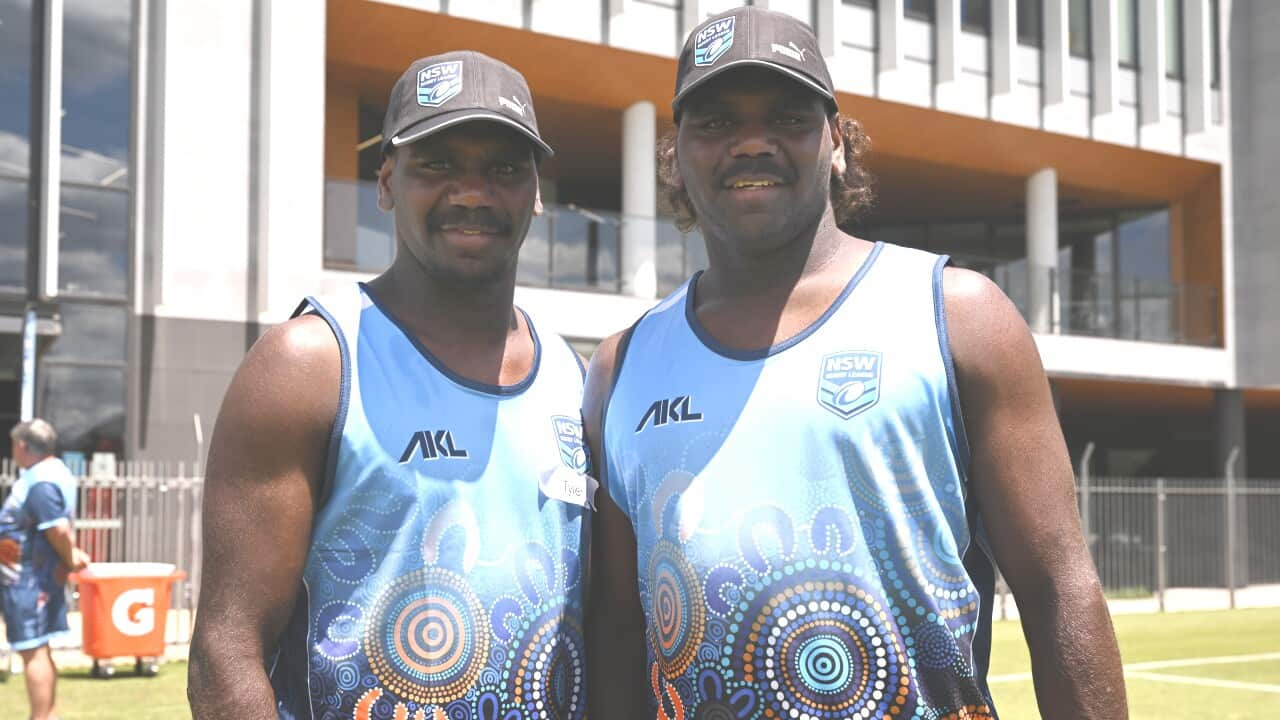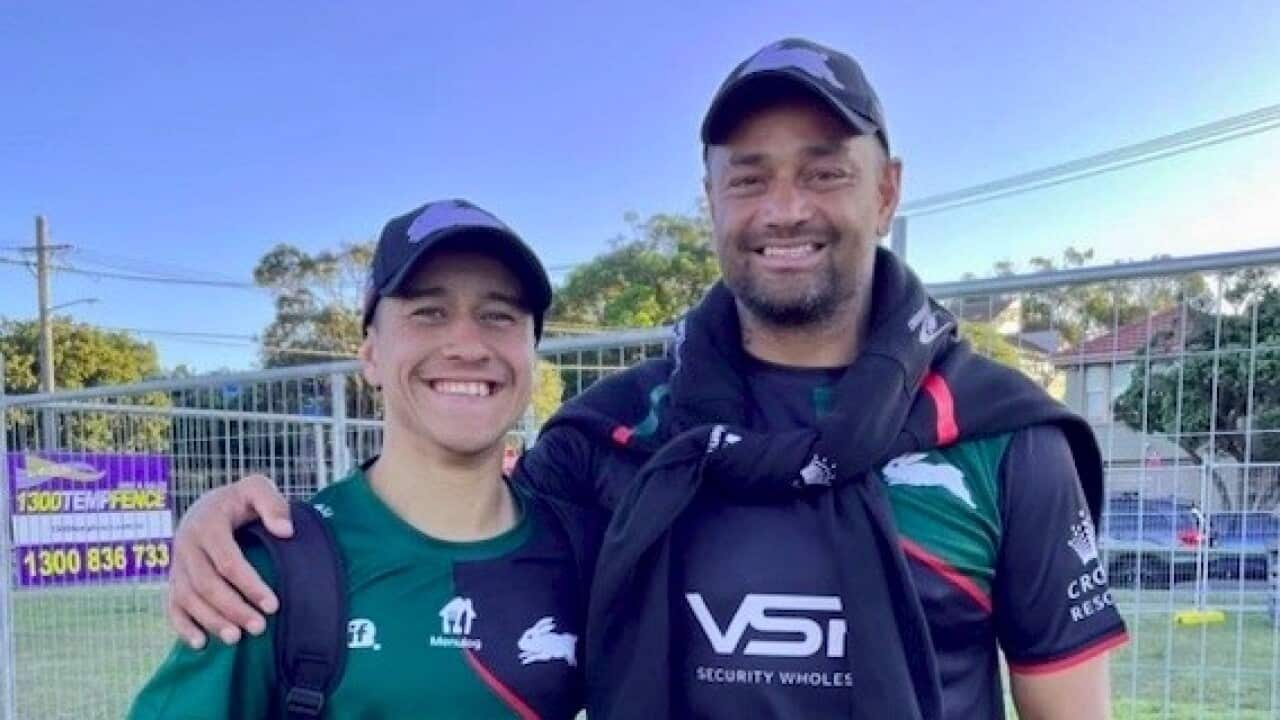In June 1974, in front of tens of thousands of screaming fans, the Socceroos ran out on to the pitch for their first-ever World Cup match.
It represented a historic moment in sport, and was a testament to the amazing skill of the players.
One of them was Wiradjuri man Harry Williams.
Just 23, his rise from local soccer to the biggest stage in the world had been meteoric: he had been selected for the national team after just six first-grade games.
Worimi man John Maynard wrote 'The Aboriginal Soccer Tribe', which documents the Blak history of the game. He says Williams' World Cup outing was a watershed moment in First Nations sporting history.
"Inspiring. Absolutely inspiring," he told NITV.
"As a young Aboriginal kid... he was just fantastic to watch."
'I fell in love immediately'
Born on Dharug Country in 1951, Harry Williams' family might have expected him to play rugby league, the game that defined the St George region of Sydney's southern suburbs.
But at 9 years old, a chance invite from his neighbour saw him introduced to the game that would define his life.
“One of the young boys who lived next door asked me to come along to his soccer training one evening, and from there I was hooked,” Williams told The Sydney Morning Herald in 2006.
"A good family friend... always said to stop playing that sissy game and come and play rugby league.
"But I couldn't - I just loved it... I fell in love with the sport immediately and the rest was history.”

In the early days with St George.
When John Maynard saw him play in '69, it was clear talent was on the scene.
"He was a really gifted player," he said.
"Harry was an overlapping left fullback, incredibly skillful and lightning fast... it was like having a second winger behind the attack because he was overlapping all the time."
It wasn't just the opinion of a starry-eyed 15-year-old. Harry Williams' prowess was so obvious to anyone who saw him play, he achieved the incredible feat of being selected for the national side after just six first-grade games.
The first Aboriginal Socceroo

Donning the green and gold: Williams made a meteoric rise through first-grade to be selected for the national team.
With the skill he'd displayed to get himself there, Williams played across the world stage to his delight.
"I was shocked really - I was just enjoying myself," he said in 2006.
"We played something like 15 games in a dozen countries - Indonesia, Hong Kong, China, Germany, Israel, Mexico, Iran.”
But Williams was not done creating history.

Playing against Japan in 1971 in the international tournament.
The World Cup
1974 saw the Socceroos qualify for the FIFA World Cup, to be held in West Germany.
It was the first time Australia had ever made the selection for the very pinnacle of the world game. The team was making history against massive odds; they weren't even earning a living wage.
"You got to remember that the Australian soccer team at that time, they're all part time players," said Maynard.
"They all had [other] jobs, and it was Harry that said to me to play for the Socceroos and go on long tours meant that he would lose his job when he come back!

Fixing his football socks for the first practice at the HSV training ground in Hamburg-Ochsenzoll, June 1974. In a matter of days he would be running onto the field, and into history. Credit: picture alliance/picture alliance via Getty Image
Though they went down valiantly against the two German sides, they showed their mettle against the South American team.
"Harry came on as a substitute in the final group stage game against Chile.
"And that is the moment that we recognise today is the moment an Aboriginal player first played on the world stage at the World Cup finals."
With their 0-0 draw against Chile, the Socceroos had just achieved Australia's first ever point at a World Cup, and a Wiradjuri man was a significant part of that glory.
Maynard says the impact was "absolutely massive".
"The World Cup in soccer is the biggest sporting event on the planet. It's billions of people watching.
"He's an Aboriginal player in the biggest game in the world. It was just staggering."
A legacy waiting to be continued

At the launch of Australia's bid to host the 2018 or 2022 FIFA World Cup. Source: AFP / TORSTEN BLACKWOOD/AFP via Getty Images
Though there is an incredibly proud history of Indigenous football players, both in the Socceroos and the Matildas, Williams remains the only Aboriginal man to play the World Cup.
"It wasn't taken up. That really big push should have been there for the game to really explode and get incredible support.
"I would argue without doubt, [Williams] was the greatest Aboriginal Socceroo, and one of the great players to have played for Australia."














